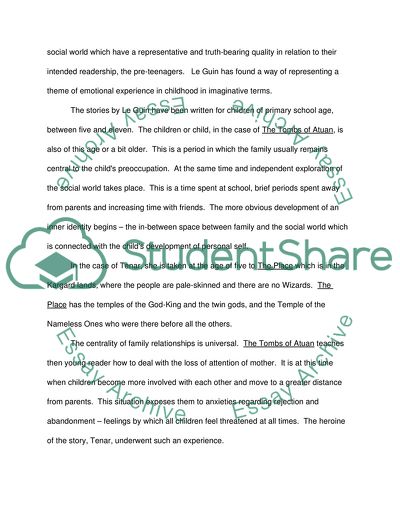Cite this document
(The Tombs of Atuan by Ursula KI. Le Guin Book Report/Review, n.d.)
The Tombs of Atuan by Ursula KI. Le Guin Book Report/Review. Retrieved from https://studentshare.org/literature/1708622-childrens-literature-the-tombs-of-atuan
The Tombs of Atuan by Ursula KI. Le Guin Book Report/Review. Retrieved from https://studentshare.org/literature/1708622-childrens-literature-the-tombs-of-atuan
(The Tombs of Atuan by Ursula KI. Le Guin Book Report/Review)
The Tombs of Atuan by Ursula KI. Le Guin Book Report/Review. https://studentshare.org/literature/1708622-childrens-literature-the-tombs-of-atuan.
The Tombs of Atuan by Ursula KI. Le Guin Book Report/Review. https://studentshare.org/literature/1708622-childrens-literature-the-tombs-of-atuan.
“The Tombs of Atuan by Ursula KI. Le Guin Book Report/Review”. https://studentshare.org/literature/1708622-childrens-literature-the-tombs-of-atuan.


